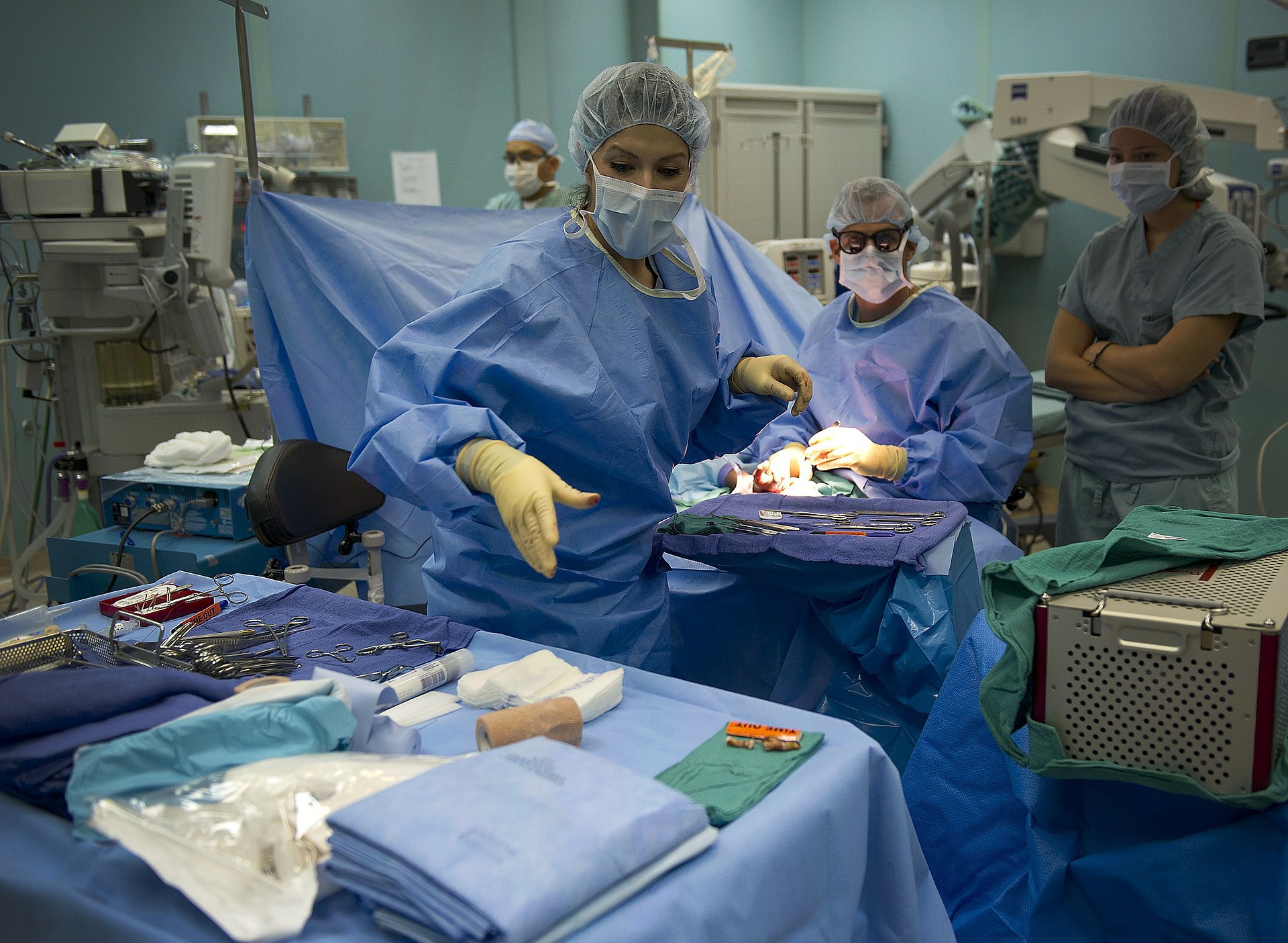A dilation and curettage (D&C) is a procedure done by doctors (typically an OBGYN) to remove tissue from inside your uterus so doctors can diagnose and treat various conditions with your uterus. For example a D&C can be used to diagnose endometrial carcinoma – a type of cancer that begins in the uterus. Or it can help diagnose the source and cause of heavy bleeding. Alternatively it can be used to clear the endometrial lining after a miscarriage.
This procedure used to always be performed blind. However today there are visual aids that can be used such as a hysteroscope (a thin, lighted tube that is inserted into the vagina to examine the cervix and inside of the uterus). Or it can be performed via ultrasound guidance.
There are also absolute contraindications to doing this procedure (meaning this procedure should not be attempted in any circumstance), as well as relative contraindications (meaning caution should be used before doing a procedure). Contraindications can include an inability to visualize the cervical os (the opening in the lower part of the cervix between the uterus and vagina), obstructed vagina, severe cervical stenosis, or a bleeding disorder. If your doctor goes through with a dilation and curettage even though you have one of these contraindications rather than consider another procedure, your doctor could be at fault for any harm that occurs to you as a result.

Your doctor could also be at fault for not realizing you have one of the above contraindications. An example of an alternative procedure that could be considered in face of contraindications is an endometrial biopsy (the use of a very thin, flexible tool to gently suction out a tissue sample from the lining (endometrium) of your uterus). Finally if performing a D&C would be very risky, your doctor should inform you of these risks and give you additional options on going forward.
Another way your doctor could be negligent in performing this procedure is not using tools – such as a hysteroscope – to visualize what they are doing when your doctor is having difficulty performing the procedure blind. If your doctor opts not to use visualization tools despite your procedure being complicated they could be at fault for any harm done to you. Even if doing the procedure blind your physician should have a general sense of the area they are operating on. For example, if attempting to remove tissue from the uterine cavity, a midline structure, your doctor should know that their instruments should be midline. Your doctor could also be at fault for causing an injury during the procedure and discharging you from care without realizing it.
There are known complications to this procedure as well. Whether your doctor was negligent in causing one of those complications will depend on a review of the records and consultation with experts. Some injuries are rare and are more likely to indicate negligence given their distance from the typical area of operation during this procedure – such as an injury to your ureter. Even if there was negligence in performing a D&C causation will also have to be determined – what harm and losses this negligence caused you. This can range from unnecessary and invasive additional surgery to long term disability.
The Thistle Law Firm is experienced handling claims involving severe injury from a dilation and curettage procedure. If you or a loved one suffered significant harm while undergoing such a procedure, the attorneys at the Thistle Law Firm are here to take your call at 215-568-6800.

